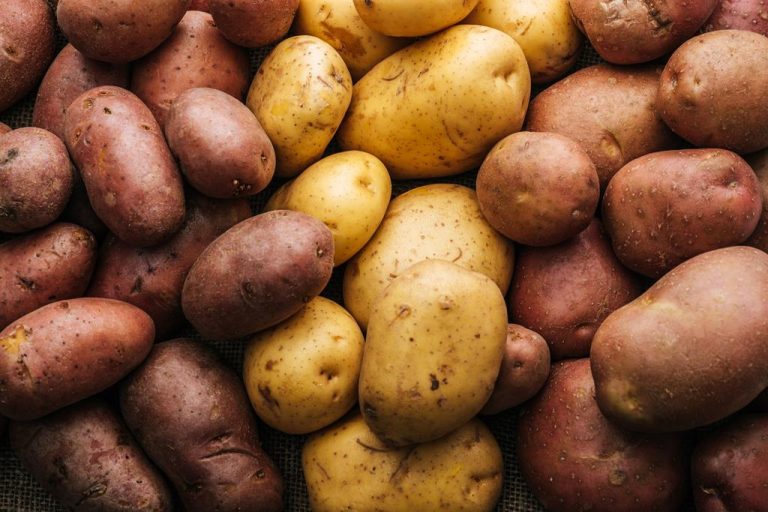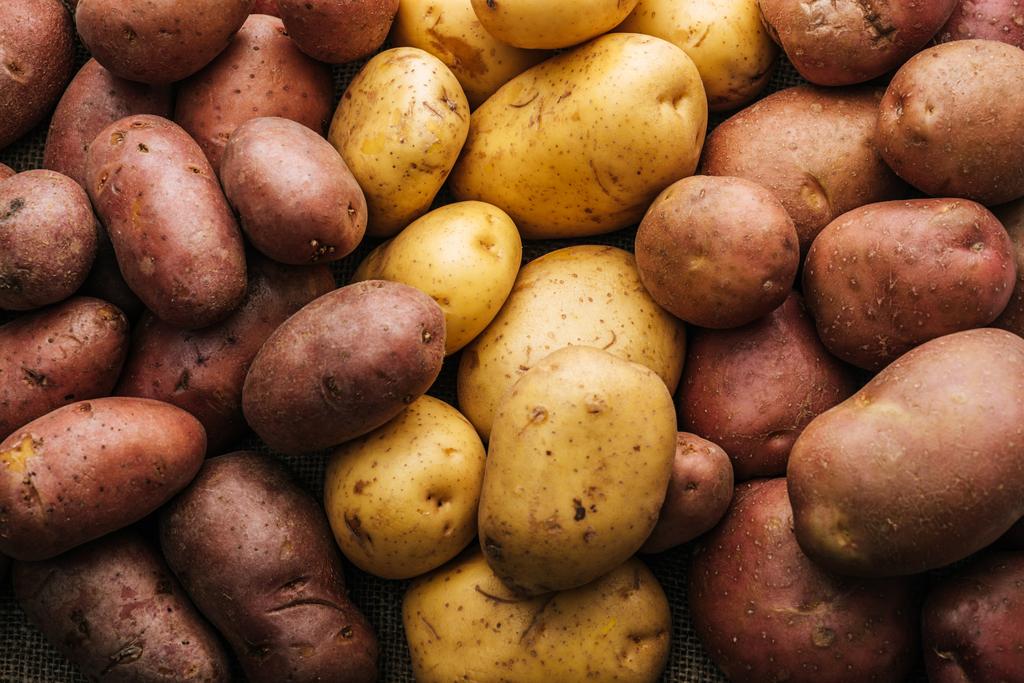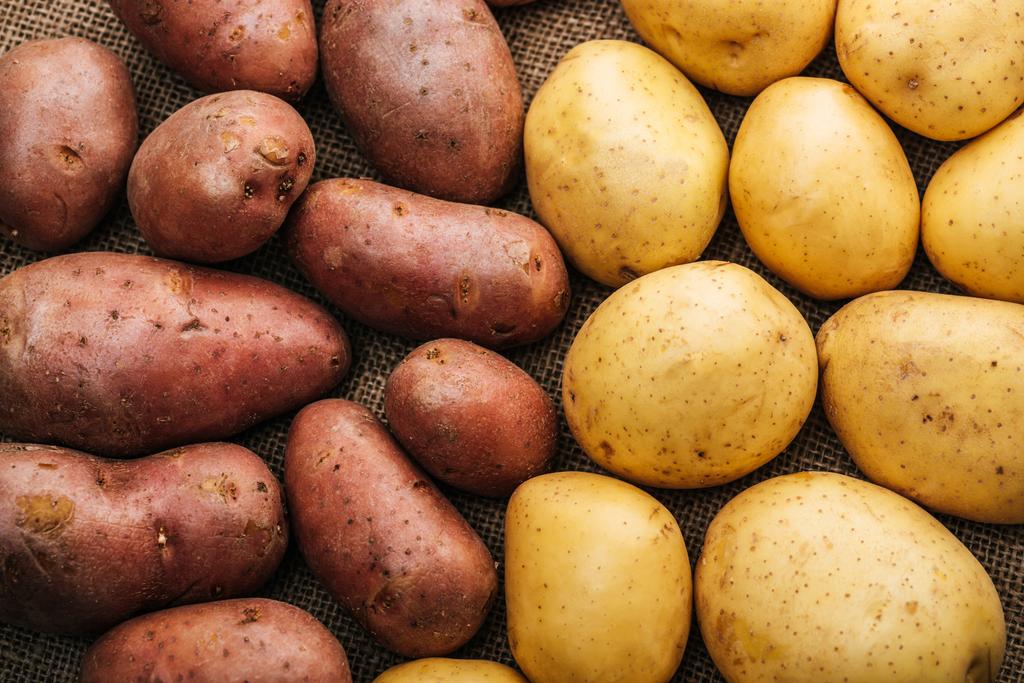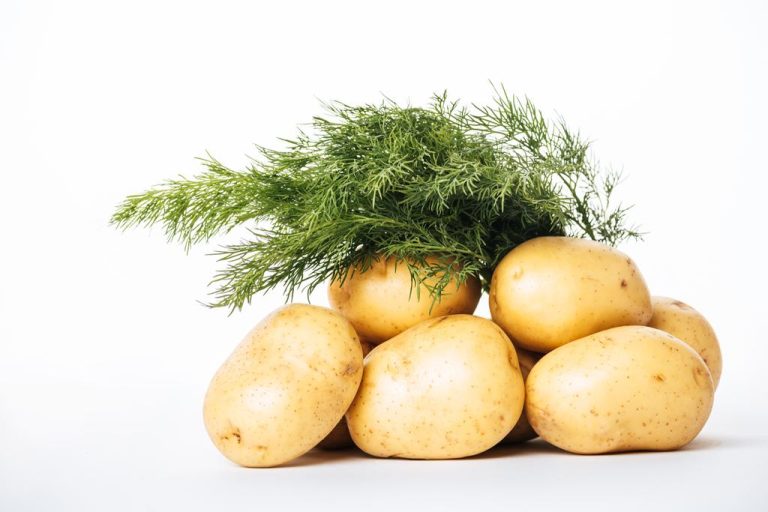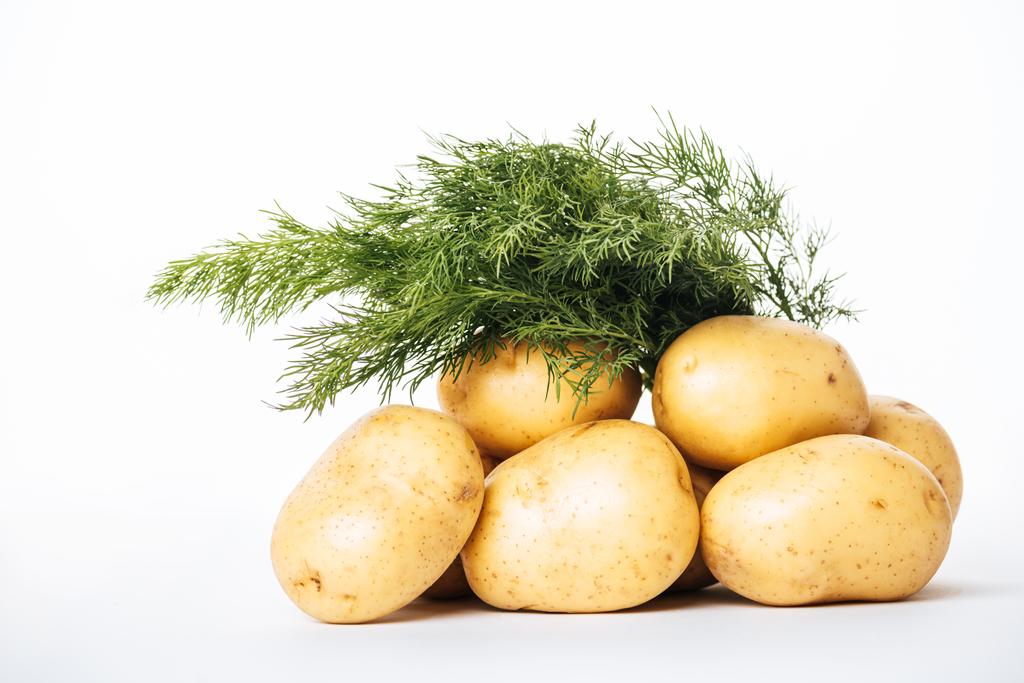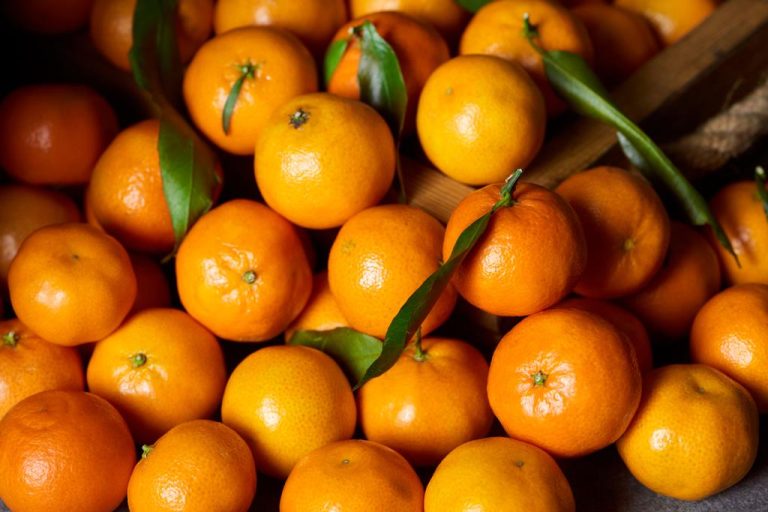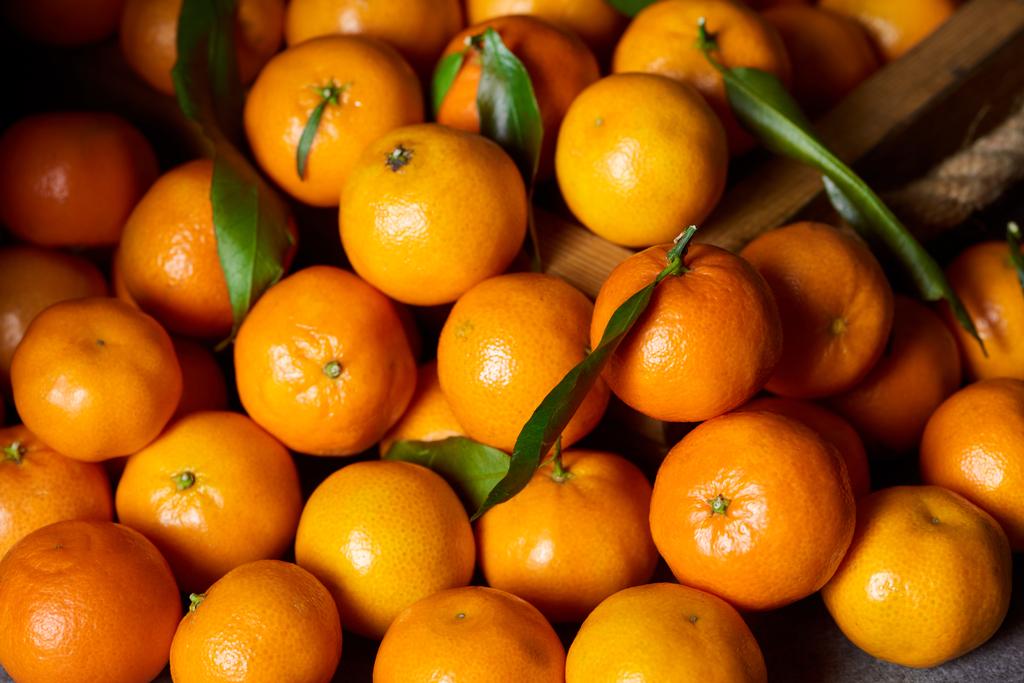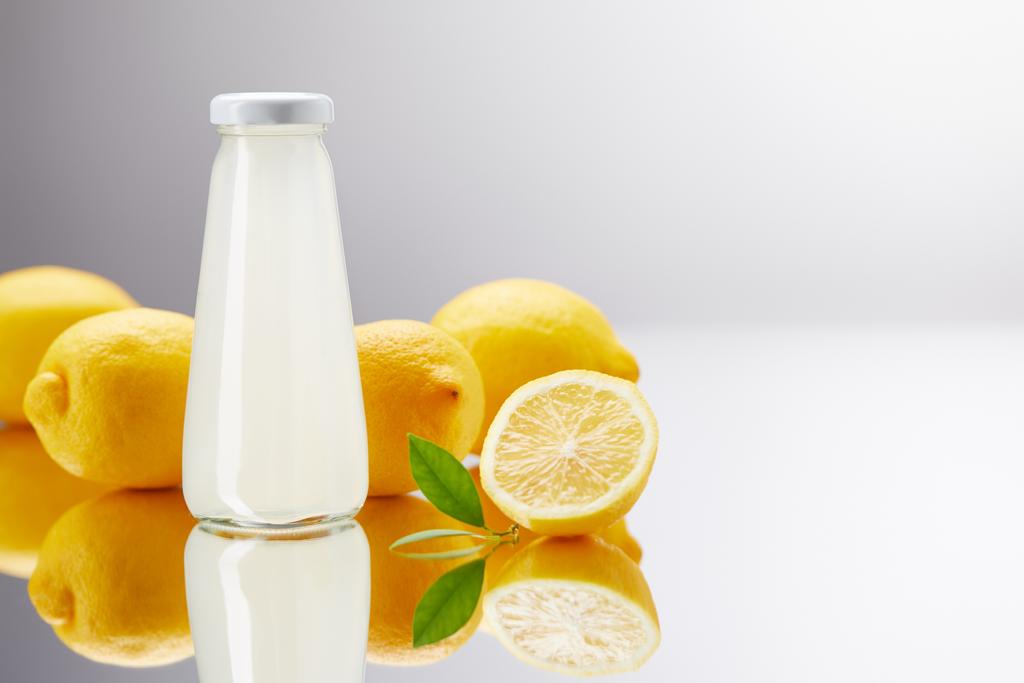Blue potatoes are not new from the lab, they are old varieties. You can read here what makes blue potatoes so special and what varieties there are.
The dark skin and the bluish-purple flesh may seem strange at first, but blue potatoes are old varieties. There are also purple and red potatoes.
After potatoes made their way to Europe from South America in the 16th century, blue varieties were widespread. Only when more resistant and higher-yielding varieties were bred in the 19th century did the yellow varieties replace the blue potatoes.
When you buy blue potatoes, you help preserve diversity on our fields and plates. There are a number of associations and organic farmers who have made it their task to preserve old types of vegetables. There you can buy old varieties, such as blue potatoes, and seeds.
Here you can find out what makes blue potatoes so special and what varieties there are.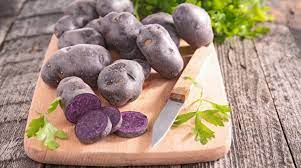
This is what makes blue potatoes special
According to the world, blue potatoes lower blood pressure. They owe this to the secondary plant substance anthocyanin. Not only is it responsible for the blue color, but it also has various health benefits.
In 2017, the specialist journal Food and Nutrition Research extensively examined anthocyanin for its health effects. She was able to demonstrate the following properties of the vegetable dye in isolated form:
antioxidant
anti-cancerous
antimicrobial
prevents cardiovascular diseases
has a balancing effect on cholesterol and blood sugar levels
In cultivation, the blue tubers hardly differ from conventional potatoes. However, they are often less robust and productive. They also need more care. As a result, farmers rarely grow blue potatoes on a large scale.
Blue potato varieties
There are several varieties of blue potatoes that you can plant in your garden. They differ in their color and shape as well as in their use and taste.
Blue potato varieties include:
Blue Anneliese: The variety has a smooth skin and dark blue to purple flesh. It is predominantly waxy and is suitable for potato salad and baked potatoes. Its taste is characterized by its creamy consistency and a nutty aroma.
Blue Star: Above all, the pulp makes this variety so special. It is marbled dark blue and white. It is mainly waxy and suitable for potato salad and fried potatoes.
Blue Swede: The flesh of the variety is dark blue and purple marbled. The waxy variety is particularly suitable for boiled potatoes, tastes like chestnuts and has a sweet note.
Blauer St. Galler: The potatoes are oval and have a dark skin with violet flesh, only after cooking do they appear bluish. Due to their creamy consistency, they are well suited for puree or potato soup.
Salad Blue: This variety has a blue-purple flesh surrounded by a thin white outer layer. It keeps its color even after cooking. The waxy variety with the slightly nutty note is suitable for potato salad, fried potatoes or potato casserole.
Tips for preparing blue potatoes
Basically, you can prepare blue potatoes in the same way as regular potatoes. According to a study, the content of the vegetable pigment anthocyanin changes depending on the temperature and pH value. In addition, the substance is water-soluble, which is why the color often fades somewhat after cooking.
The following tips will help you preserve the color:
Cook the blue potatoes with a little water. Cook them whole to keep the color in the potato.
Use non-water cooking methods. You can prepare blue potatoes in the oven or as roast potatoes without pre-cooking.
Steam cooking is also a suitable method for preparing the colorful tubers. With this gentle method, the dye and nutrients are well preserved.

